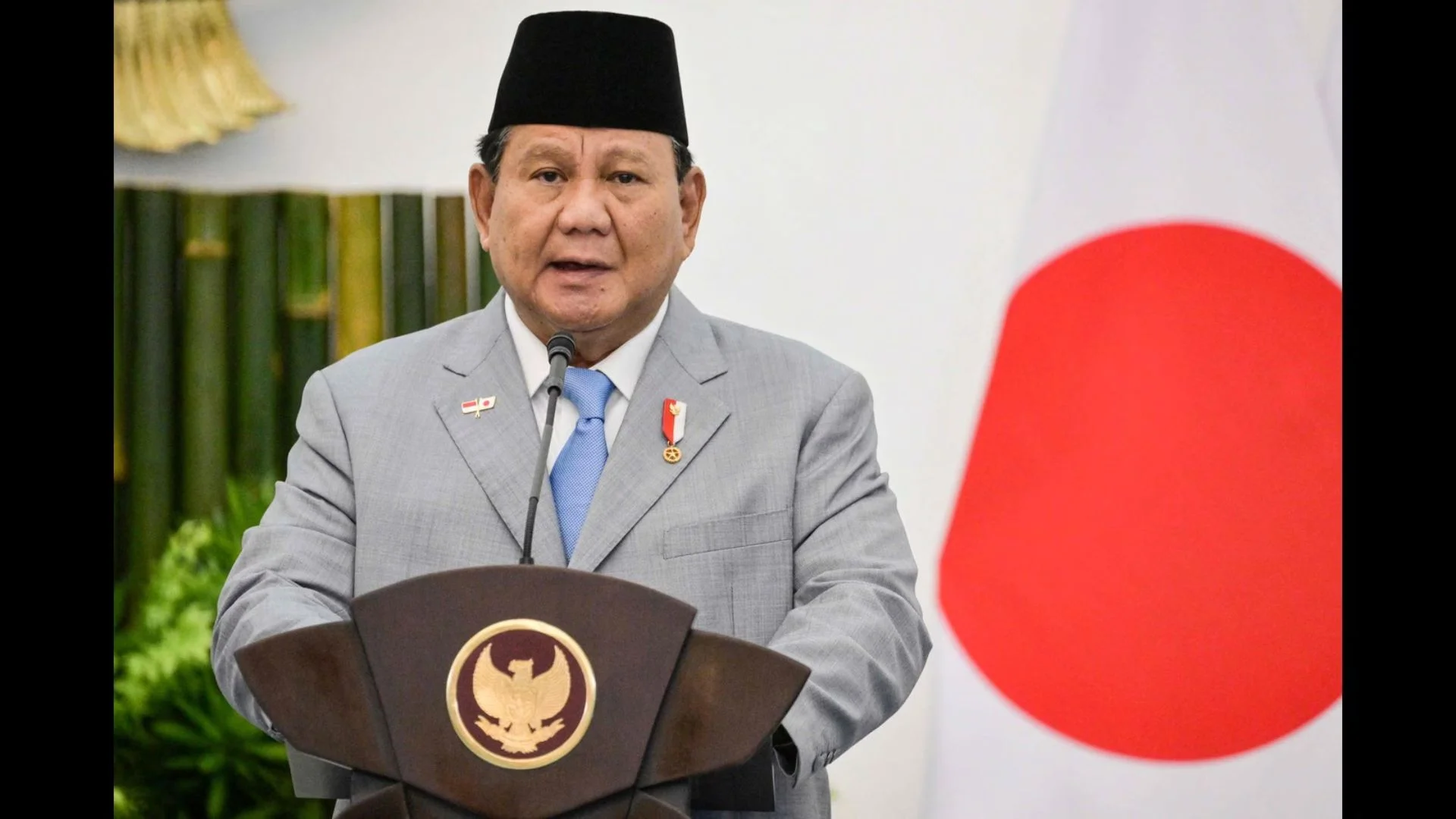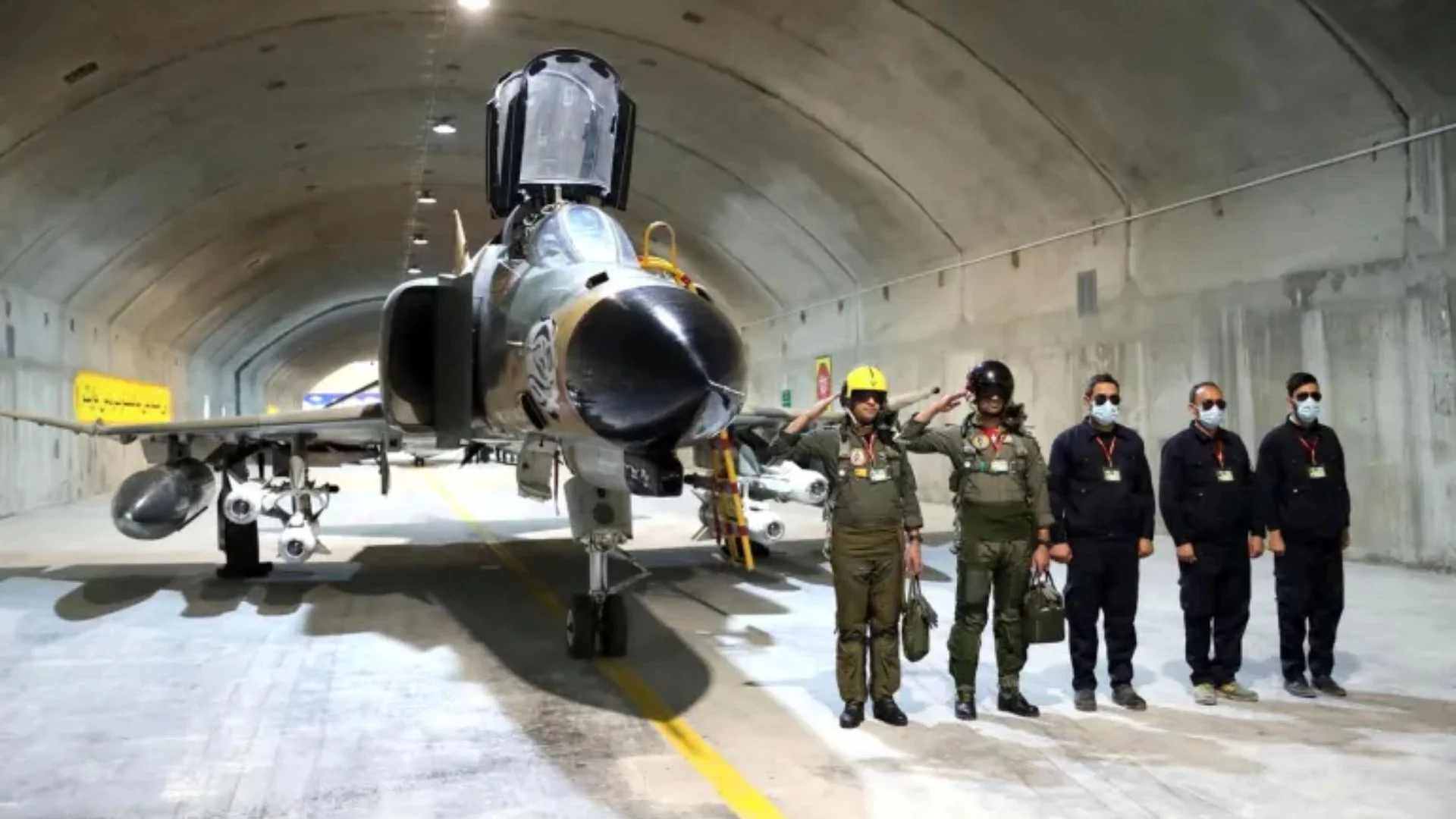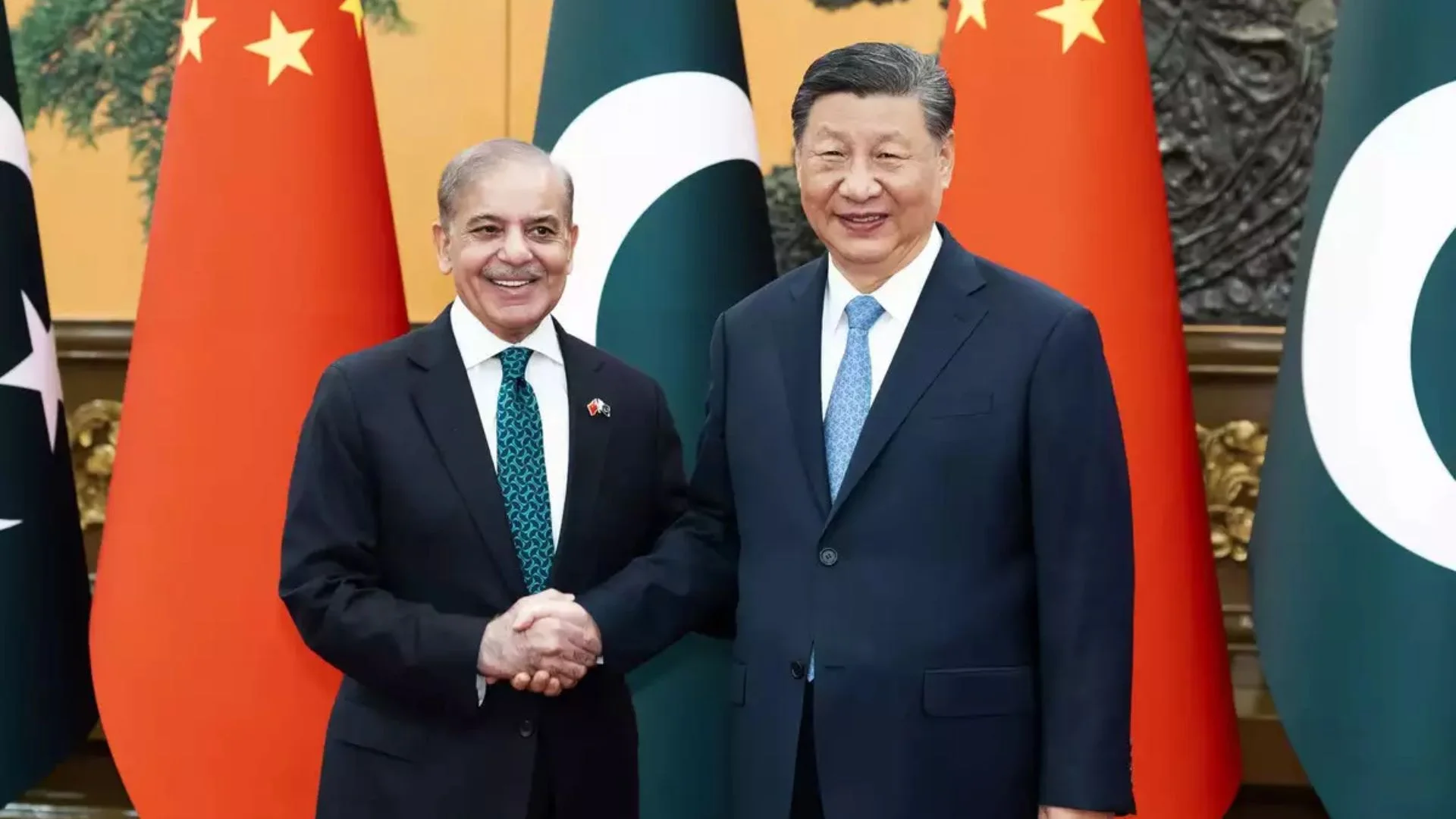Even as the Russia-Ukraine conflict garners major global attention, the standoff on the Line of Actual Control (LAC) in Eastern Ladakh does not show any signs of abatement or resolution. Seventeen rounds of Senior Commanders Meetings have taken place between the Indian and Chinese forces at the border. At several patrolling points and contested areas the armies have disengaged, but at two points of contention namely Demchok and the Depsang Plains heavy deployment remains. Over the last three years developments, at the border and at the policy level from both sides have led to further deterioration of relations between New Delhi and Beijing.
Recurring incidents at the border, most recent being the 9 December 2022 skirmish between soldiers of the Indian Army and the People’s Liberation Army in Arunachal Pradesh, have led both sides to issue statements in support of their respective stance and territorial claims. Such incidents combined with the emphasis on building infrastructure at the border has created a race to achieve better mobility of troops and equipment at the border. India and China are also, however, aware of the importance of the border residents in the larger exercise of border management. The Chinese have taken to naming and re-naming places since 2017, an exercise reminiscent of European imperialism and their obsession with place names. These actions were formalized through a law which came into effect on 1 January 2022. The law lists various responsibilities for civilian and military authorities in China to “safeguard national sovereignty”. The law covers delineation and border defence to immigration, border management and trade. India has repeatedly refuted such attempts and maintained that such efforts do not alter facts on the ground.
India’s approach, on the other hand, focuses on welfare of the border residents and seeks to integrate them into the larger ideas of development, which is a major goal and slogan of the Modi government. For several years, the Ministry of Home Affairs, Government of India, undertook the Border Area Development Programme (BADP) to provide better civic amenities and facilities in the border zones. Its purpose was to cater to the basic needs of residents of the peripheral zones and perhaps to involve them into the bordering practices carried out by the state. The BADP, since February 2023, has been replaced with the Vibrant Villages Programme (VVP) on the norther border. VVP emphasizes on “comprehensive development of villages of blocks on the northern border, thus improving the quality of people living in identified border villages. This will help in “encouraging people to stay in their native locations in border areas and reversing the outmigration from these villages, adding to improved security of the border” (MHA 2023). The idea is to provide for sources of livelihood and employment in the villages itself and involving the border-landers in border work.
Furthermore, India’s quest to achieve better transport and communications infrastructure at the northern border is complimented with the induction of more battalions in the Indo-Tibetan Border Police Force (ITBP). Cabinet Committee on Security (CCS) recently announced 7 more battalions for the ITBP thereby enhancing the force by 9400 personnel. It adds to the recently raised Mountain Corps of the Indian Army specialized in high altitude warfare.
The issues related to the border have taken centre-stage in the diplomatic relations between two countries with Minister of External Affairs S. Jaishankar repeatedly emphasizing that problems at the LAC are results of China’s actions during the summer of 2020. Beijing have been refuting these statements. In multilateral fora like the Shanghai Cooperation Organization (SCO) and the G-20, Indian and Chinese delegates have met only to disagree on the issue. Conversely, the 26th Meeting of Working Mechanism for Consultation and Coordination on India-China Border Affairs was held on 22 February 2023 in Beijing in person, a first since the 14th Meeting in 2019. Similarly, Chinese Foreign Minister Wang Yi, attended the G 20 Foreign Minister’s meet in New Delhi on 1-2 March 2023. These perhaps are the only signs of gradual thaw in the cold relations.
With Xi Jinping securing an unprecedented third term and unrelenting aggression in Chinese foreign policy, it is difficult to imagine an early resolution of the standoff. Chinese tactics in the South China Sea are maritime precursors to its actions at the LAC. India has done well to thwart the pressure while simultaneously engaging in diplomatic and military negotiations.
In terms of its impact on India’s relations with China, the Galwan valley incident will remain a landmark. With an array of diplomatic and policy responses, New Delhi has sent clear and strong message that its territorial sovereignty is paramount. India’s actions to a certain extent enhance its regional stature and perhaps assure its neighbours, many of which share borders with China.
Lately, the standoff at the border has repeatedly figured in global geopolitical discussion as the United States of America has endorsed the Indian stance that China has caused problems at the LAC. A recent Central Intelligence Agency (CIA) report lists the issue as one of the flashpoints with possibility of escalation into a large-scale war between India and China. The Chinese, naturally, have strongly objected to such analysis and has argued that it is a matter of bilateral concern between New Delhi and Beijing and third parties should not meddle.
On the ground, however, at the LAC and at the India-China border in general, a huge number of military forces stand in readiness, suspicious of each other’s movements and intentions. It remains to be seen for what duration two of the largest economies in the world can sustain such high altitude manoeuvres.
Perhaps, the Siachen Glacier may serve as an example on the human and logistics costs of massive deployments at one of the highest battlegrounds in the world. Even for the economic strength of the Chinese, global power status will come with enormous expense.
The author is Associate Professor, Centre for International Politics, Organization and Disarmament, School of International Studies, Jawaharlal Nehru University.

















